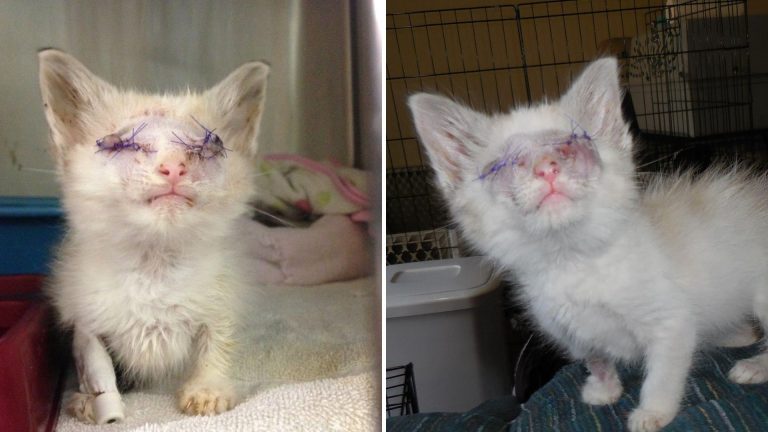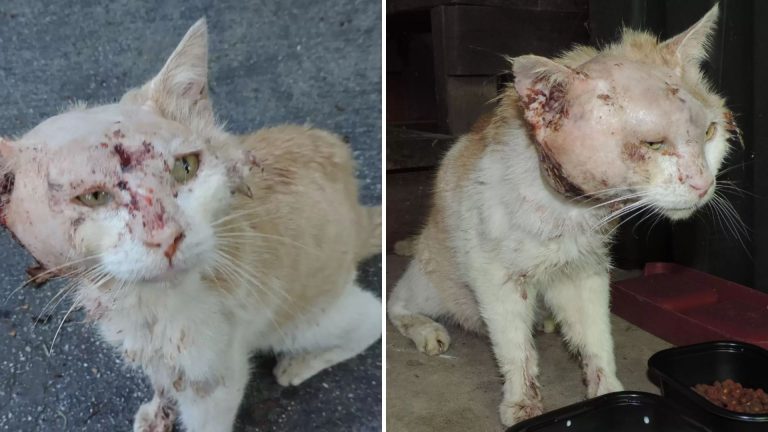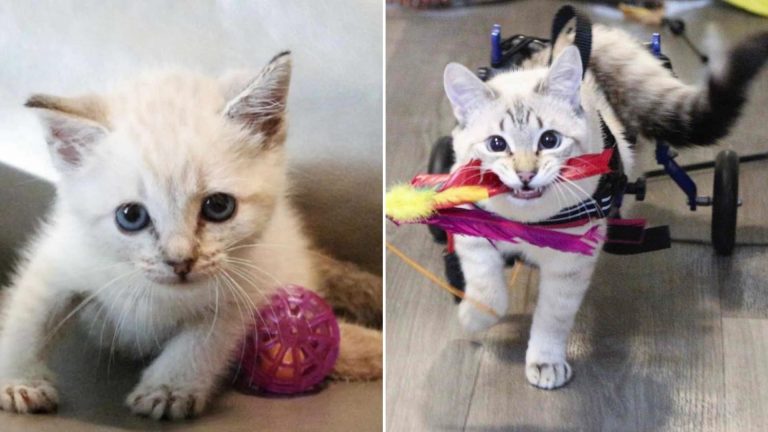Cat Nutritionist Shares 4 Cat Food Ingredients You Should Limit Or Avoid
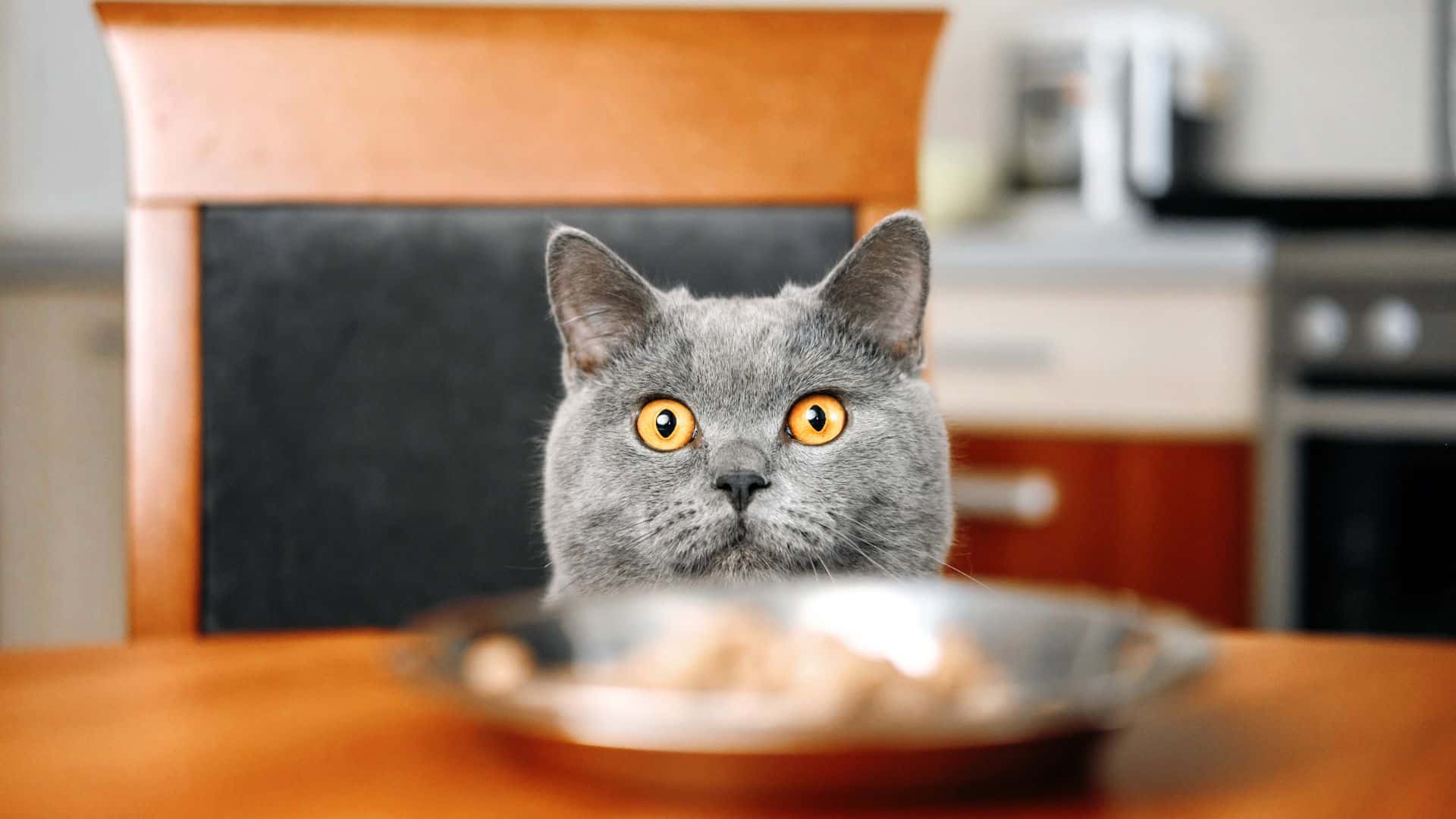
Every dedicated cat parent wishes their feline companions to enjoy long and joyful lives. Well, achieving this begins with a keen focus on your cat’s diet.
Cats are obligate carnivores, meaning their diet should primarily consist of animal protein, essential nutrients, and taurine to meet their specific dietary needs.
Choosing the right food for your cat can be challenging, especially for first-time cat parents.
Luckily, there are experts like Michelle, a cat nutritionist, who generously shares her knowledge with cat lovers worldwide. Michelle posted a valuable video on her TikTok account with vital information about cats’ diets.
In the video below, she lists four cat food ingredients that every cat parent should either limit or avoid, ranking them from four to one.
#4 Fish And Fished-Based Foods
Michelle says that you should limit or avoid fish food, mostly because of the higher iodine levels, higher mercury levels, and higher levels of other types of contaminants. She says:
“I do feed my cats some fish, but in moderation, and some mixed fish-type foods. So, you should just limit how much fish you’re feeding your cat, as it should not be the primary protein source.”
#3 Excessive Amount Of Carbohydrates
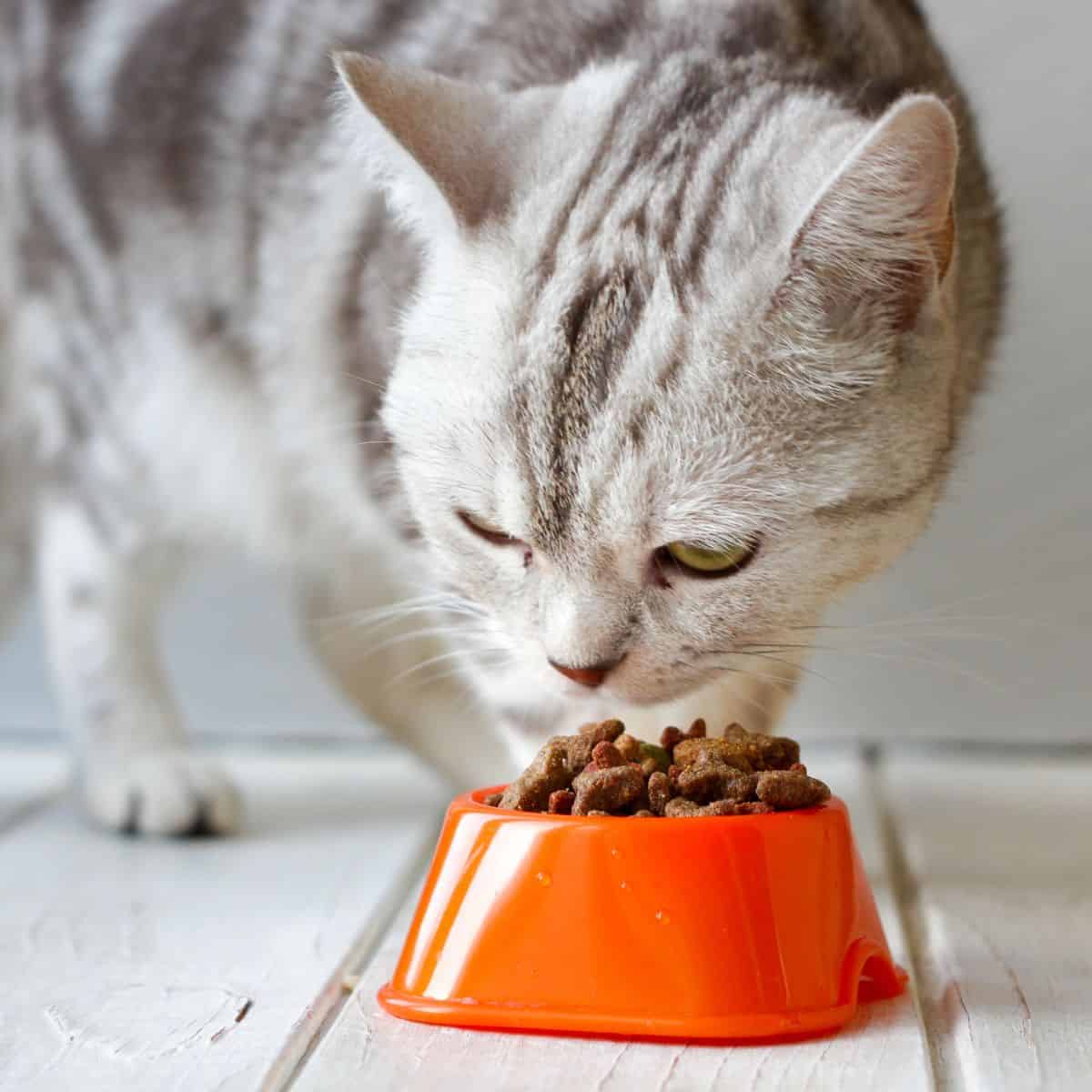
Carbs are found in tons of cat foods on the market, especially in dry cat food. She explains:
“Cats don’t have any dietary requirements for carbohydrates, but carbs are often added to foods because they are cheaper, and some foods need carbs in order to make them stick together like kibble.”
Foods with excessive amounts of carbohydrates may put the cat’s metabolism under stress; therefore, such foods should be limited or avoided for the sake of your feline’s health.
#2 Wheat Gluten
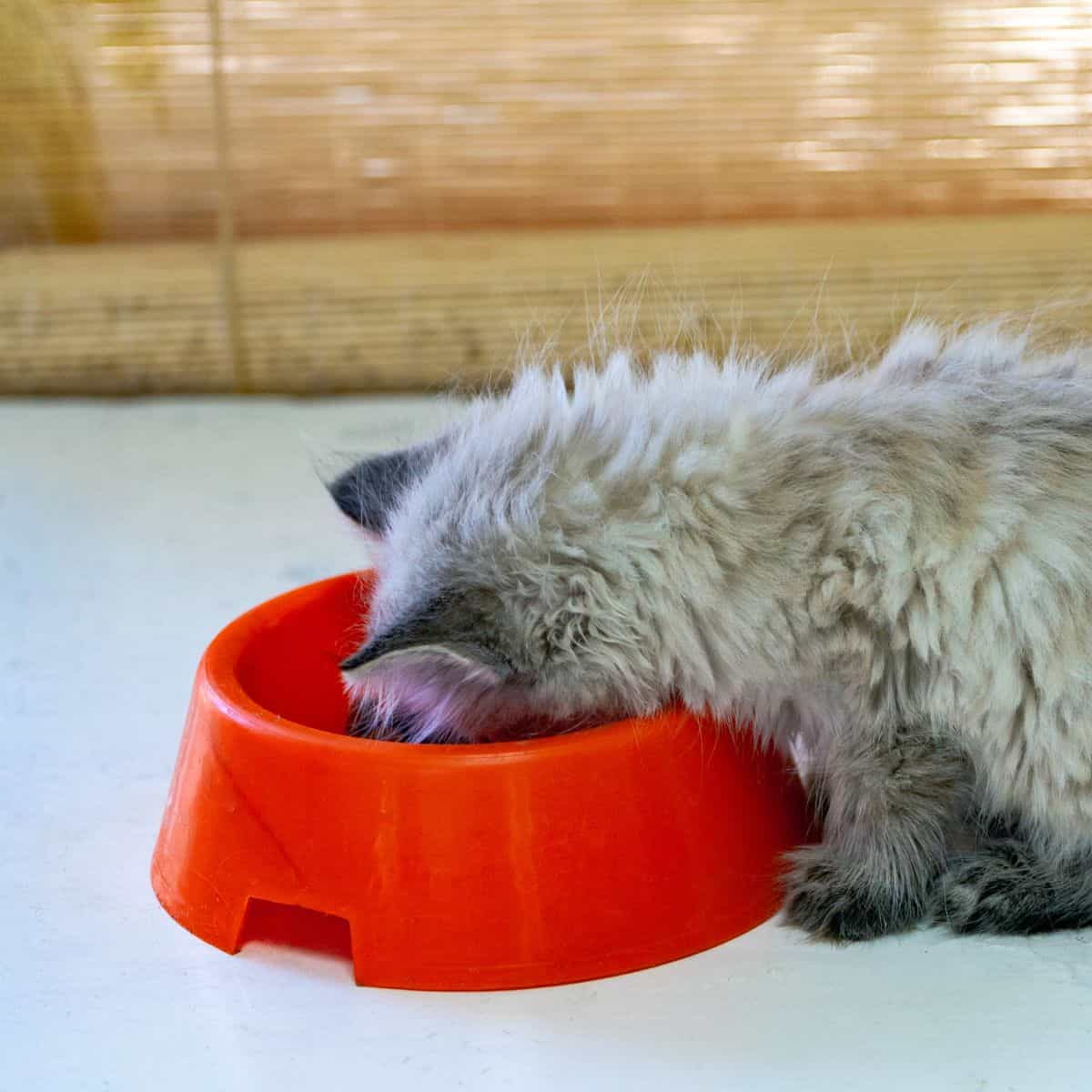
According to this cat nutritionist, wheat gluten should be avoided a lot. This cat food ingredient is often found in gravy cat foods, but huge amounts of wheat gluten may lead to many issues.
Wheat gluten is often used in foods as a texture agent, or to boost protein levels, and doesn’t provide our cats with any health benefits.
#1 Plant-Based Protein Sources
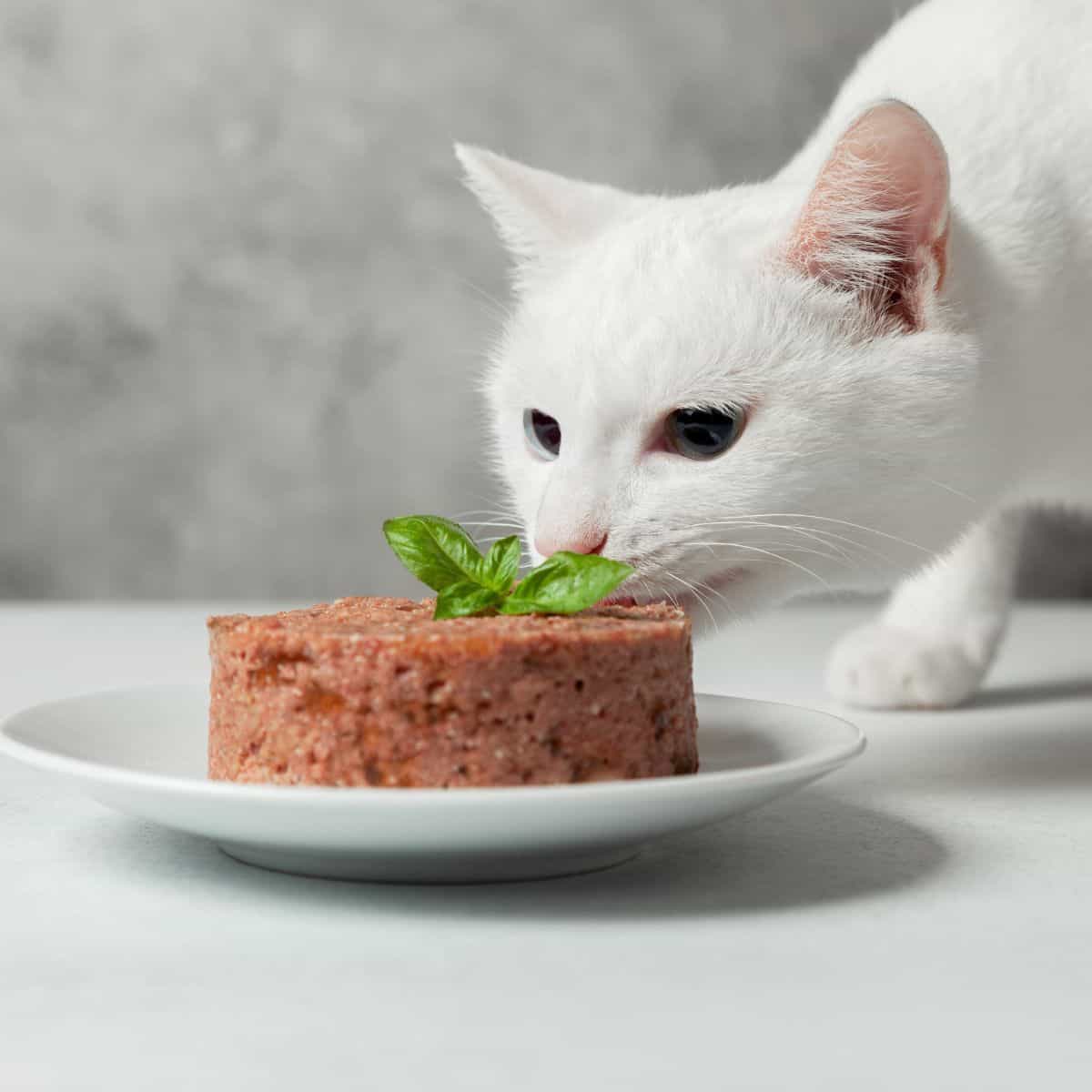
Finally, the number one ingredient Michelle always avoids in her cat’s food is plant-based protein sources. This includes corn gluten meal, pea protein, and soy protein. She says:
“Plant-based protein sources are often used because they are cheaper than animal-based protein sources. But, plant-based protein sources also don’t contain all the essential amino acids, and they’re often lower in digestibility.”
Final Words
With guidance from experts like cat nutritionist Michelle, we can ensure our beloved cats lead longer, healthier lives.
By selecting the right cat food, we can help prevent potential health issues and maintain our furry friends at a healthy weight.
Responsible cat parents prioritize their cats’ nutritional needs, and listening to experts is the best way to keep our feline companions happy and healthy.


